Composite Instruments Kit
Original price was: ₹12,500.00.₹9,500.00Current price is: ₹9,500.00.
Set of 6 instruments
High-quality stainless steel- The instruments are made from high-quality stainless steel
Ergonomic handles- that provide a comfortable grip and reduce hand fatigue during procedures.
Autoclavable Cassette for convenient storage
Versatile instruments- Reaches out to narrow spaces, inaccessible areas of posterior teeth where moulding may be difficult. This aiding in unrestricted access.
Email when stock available
- Description
- Reviews (0)
Description
CT1: This is a primary composite instrument for modelling of resin onto flat surfaces.
Use: The ends of this instrument are designed to lift material of the composite syringe and transport it to the tooth. The spatula like tip design helps adapt and contour composite on linear surfaces, like the labial face of anterior teeth.
Its flexible tip helps flatten the resin efficiently without any sticking of the composite. Thereby, the resin can easily be dabbed to ensure void free shaping and also achieve the desired line angles.
The working tips are designed perpendicular to each other, so as to allow its use on all axial surfaces. This helps precisely sculpt composite resin layers to imitate natural tooth contours.
The ultra-thin flexible tips allow moulding of composite even in narrow spaces and can also be used to adapt composite against matrix bands when building proximal boxes.
CT2: This is a specialised instruments designed to access those difficult surfaces.
Use: The unique bends of this instrument make it ideal to reach inaccessible areas of posterior teeth, especially the disto-lingual and disco-buccal surfaces of terminal molars when using matrix bands.
The progressive angulation of the instrument makes it possible to reach even awkward areas without compromising your working position and helps avoid unnecessary wrist bending.
The beauty of this instrument is that it can also double us as a gingival retraction cord packer.
CT3: This is a modelling instrument similar to CT1 with varying tip angulation.
Use: The flat spatula type ends are to be used for modelling composite resin over large and relatively flat surfaces, like the buccal face of posteriors.
The minimal cross-section thickness of the tool helps adapt proximal surfaces and shape the desired line angles effectively.
It is also the tool of choice for dispense resin from the syringe.
CT4: This is a packing instrument with barrel head condensers on both sides.
Use: The head of the instrument is placed on top of the unpolymerised resin and pressed vertically to ensure void free compaction into deeper cavities.
The versatile instatement has both a thick and a thin tip, so as to allow its use in cavities of different sizes.
The rounded working end reduces contact area and stress at the tip, thereby reducing the risk of composite sticking onto the instrument. The angulated ends ensure unrestricted access to all surfaces, especially proximal boxes of Class II cavities.
CT5: This is a sculpting instrument with sharpened ends.
Use: The broader arrowhead shaped tip is ideally suited for modelling composites over posterior cusps to achieve the desired macro anatomy.
The fine probe shaped tip is optimal for modelling micro anatomy- fissures for posterior teeth and mamelons for anteriors. This end can also be used for delicate characterisation using stains in composites and sealants.
CT6: This is a specialised instrument designed to achieve the recommended thickness of dentin and enamel composite on anterior teeth.
Use: The thinner and longer tip is placed on the natural tooth enamel after layering the dentine composite (prior to polymerisation) and moved across the tooth, so as to mould the resin and remove any excess, thereby leaving the desired space for the enamel shade.
The thicker, short tip of the instrument is used by placing it horizontally at the margin of the prepared cavity, ensuring the edge of the tip is on original tooth enamel. This allows one to determine the right amount of transparent composite to apply on the finishing line.
This way the instrument helps achieve a correct balance between dentin and enamel shades to achieve a predictable end result.






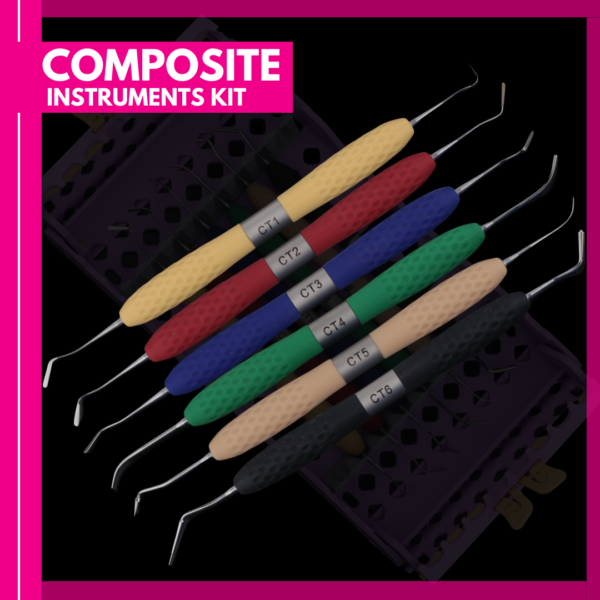
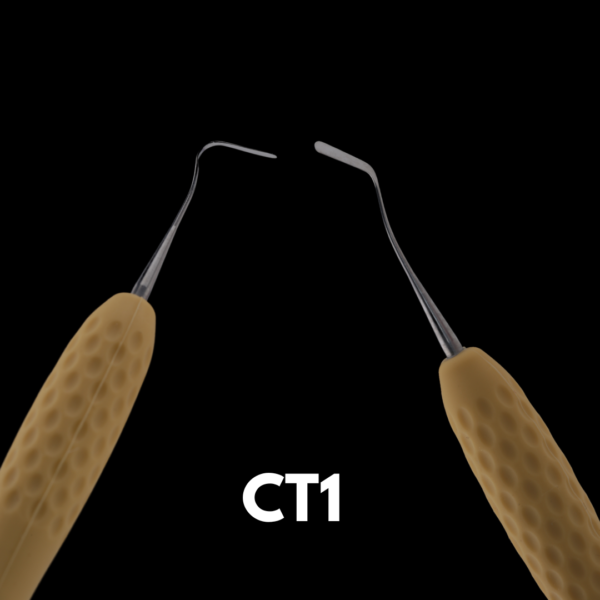
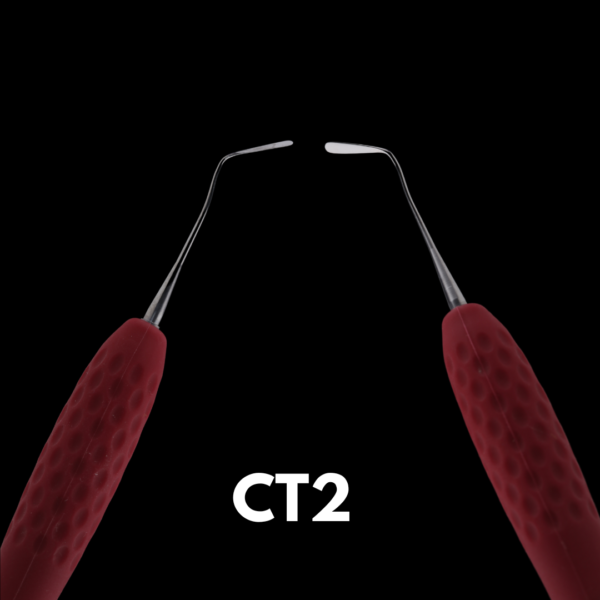
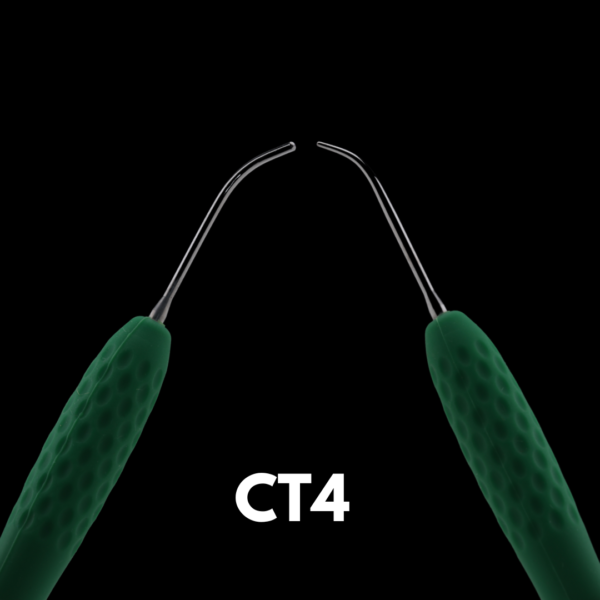

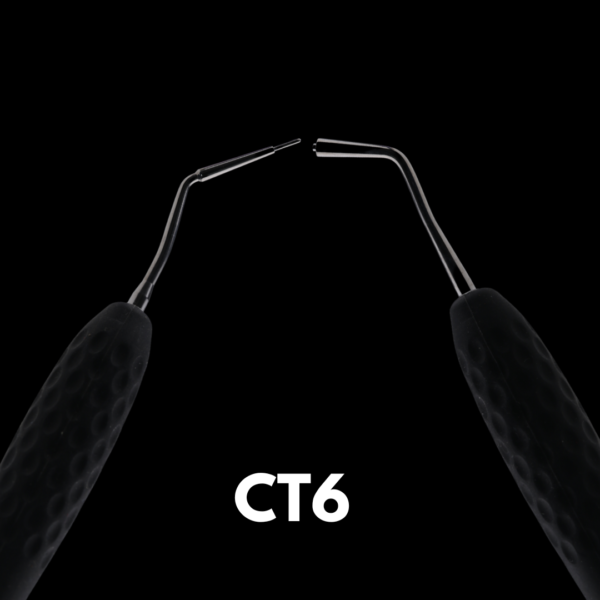
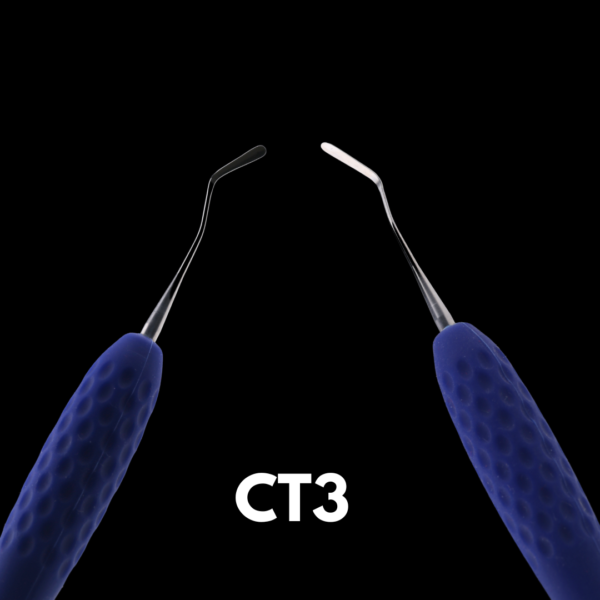

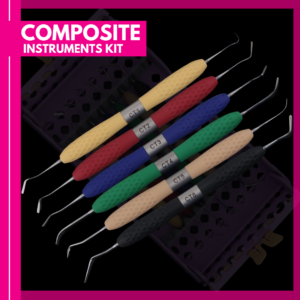








Reviews
There are no reviews yet.